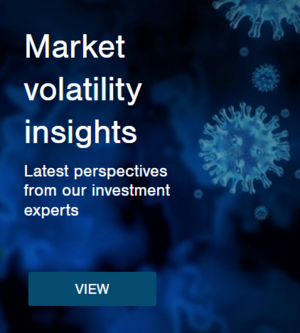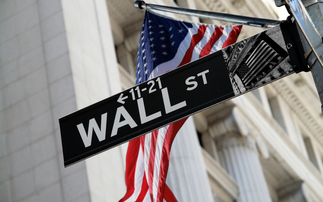
Well, it's certainly been an eventful start to 2022. To slay inflation—the ultimate villain—the major central banks have now shifted into full‑blown tightening mode. Predictably, interest rates have reacted by selling off, and risk markets are on the back foot.
In the early stages of monetary tightening cycles, risk markets usually struggle at first before finding their feet. Below, I explore why this tightening cycle looks different and why I believe it will turn out to be an extraordinarily bumpy one for risk assets. Put simply: To bring inflation to its knees, central banks will need to keep risk markets off balance.
When Temporary Becomes Permanent
Only a few months ago, U.S. Federal Reserve Chair Jerome Powell described the inflation spike as "temporary" (in central bank lingo, the word temporary means a shock that does not require a monetary policy response). By the time of the January Federal Open Market Committee (FOMC) meeting, however, Powell had clearly changed his mind. With growth expected to run above potential and the labor market expected to tighten further, he made it clear that he believes the surge in inflation will exhibit some very "persistent" features.
Persistent inflation requires a policy response—in which case, Powell and his colleagues at the Fed have a real challenge on their hands. Monetary policy must be tightened to reduce the demand for labor—and we're not talking about a "benign" tightening to anchor inflation expectations or preemptively slow the economy before it hits full capacity. No, the economy is already operating at full capacity, wage inflation is real and persistent, and the central bank is behind the curve. Seen from this angle, the Fed finds itself in a situation that it has not been in for more than a decade.
In an ideal world, the Fed could tighten monetary policy and all risk markets would continue to trade well while the economy slows. But that isn't the world we live in. In reality, the Fed must accept either a strain on the markets or an economy that continues to grow above potential. At the January press conference, Powell made it clear that it would be the former.
Financial conditions are not under direct control of the Fed, but the policy rate is a powerful lever and, if used persistently, it will move financial conditions in the direction the Fed desires. The exact nature of the tightening of financial conditions is the result of a complex interaction between growth and risk sentiment. When growth is strong, risk assets such as equities, credit, and foreign exchange tend to trade well. To drive financial conditions tighter against a backdrop of strong growth, the Fed must deliver a robust salvo of interest rate hikes. Although equity and credit markets are likely to remain resilient in such a scenario, the bond market will crack as the policy rate is driven to increasingly high levels, and eventually the dollar will strengthen.
This post was funded by T. Rowe Price
Important Information
For professional clients only. Not for further distribution.
This material is being furnished for general informational purposes only. The material does not constitute or undertake to give advice of any nature, including fiduciary investment advice, and prospective investors are recommended to seek independent legal, financial and tax advice before making any investment decision. T. Rowe Price group of companies including T. Rowe Price Associates, Inc. and/or its affiliates receive revenue from T. Rowe Price investment products and services. Past performance is not a reliable indicator of future performance. The value of an investment and any income from it can go down as well as up. Investors may get back less than the amount invested.
The material does not constitute a distribution, an offer, an invitation, a personal or general recommendation or solicitation to sell or buy any securities in any jurisdiction or to conduct any particular investment activity. The material has not been reviewed by any regulatory authority in any jurisdiction.
Information and opinions presented have been obtained or derived from sources believed to be reliable and current; however, we cannot guarantee the sources' accuracy or completeness. There is no guarantee that any forecasts made will come to pass. The views contained herein are as of the date noted on the material and are subject to change without notice; these views may differ from those of other T. Rowe Price group companies and/or associates. Under no circumstances should the material, in whole or in part, be copied or redistributed without consent from T. Rowe Price.
The material is not intended for use by persons in jurisdictions which prohibit or restrict the distribution of the material and in certain countries the material is provided upon specific request.
It is not intended for distribution to retail investors in any jurisdiction.
This material is issued and approved by T. Rowe Price International Ltd, 60 Queen Victoria Street, London, EC4N 4TZ which is authorised and regulated by the UK Financial Conduct Authority. For Professional Clients only.
© 2022 T. Rowe Price. All rights reserved. T. ROWE PRICE, INVEST WITH CONFIDENCE, and the bighorn sheep design are, collectively and/or apart, trademarks or registered trademarks of T. Rowe Price Group, Inc.
















